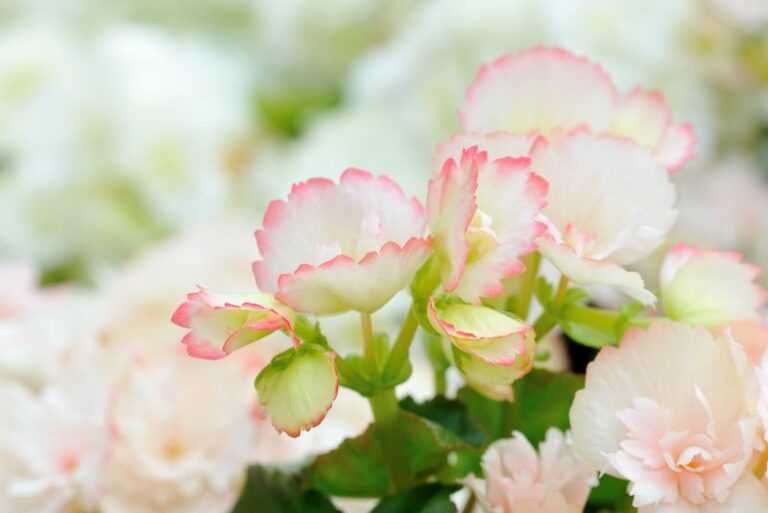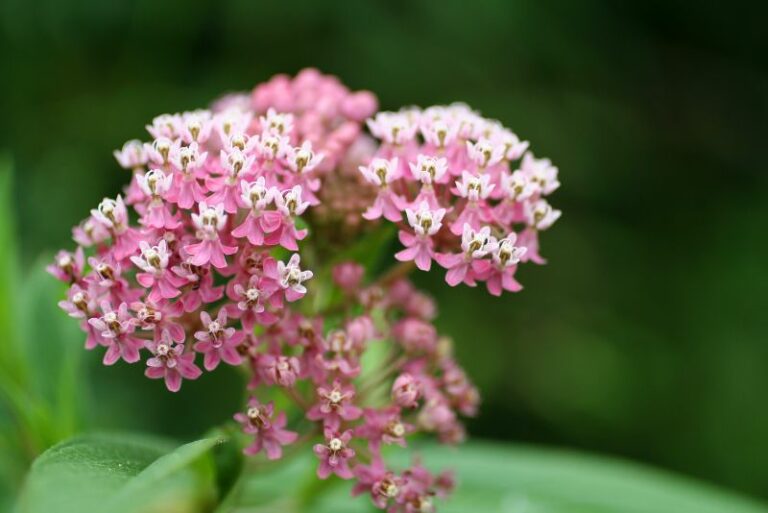Guide to Growing and Caring for Desert Roses
For gardening enthusiasts and homeowners, few plants are as intriguing as the desert rose (Adenium obesum). With its fleshy, bonsai-like stems and vibrant blossoms, this succulent shrub is more than a garden centerpiece—it’s a conversation starter. However, to see those iconic pink, red, or white flowers bloom, you need to provide consistent and proper care. In this comprehensive guide, we’ll walk you through every aspect of growing and maintaining your desert rose, from choosing the perfect location to tackling pests and diseases. Whether you’re a seasoned gardener or a newcomer to the world of succulents, this post will equip you to become a desert rose virtuoso.
The desert rose, native to the arid regions of Africa, is a species of flowering plant known for its ability to withstand harsh climates. In your garden or home, these resilient ornamentals can add a touch of the exotic. But their journey from seed or seedling to a blooming beauty isn’t without its hiccups. Care is critical, and getting it right involves a little bit of mimicry of their natural environment.
The Desert Rose: More Than Meets the Eye

Desert roses are more than just pretty to look at; they are charmers with personality. They might look like wisps in their native arid environments, surviving with little to no rain in poor, sandy soil. Yet they beckon you to give them a try, to uncover the fine balance between indulgence and restraint when it comes to their care. They’re a challenge for the thoughtful gardener, but one that reaps blooming rewards.
The Importance of Care
Each plant under your care is a link to a delicate chain of ecological balance. When you take up the mantle of nurturing a desert rose, you become a steward of its health and, in a way, its legacy. By ensuring its well-being, you’re contributing to the continuation of a species outside its original habitat.
Choosing the Right Location
Where you place your desert rose can make all the difference between a slip of a flower and a resplendent display.
Sunlight Requirements
Desert roses crave sunlight—plenty of it. If you’re in a cooler or rainy climate, they’d enjoy a sunny window ledge where they can soak up the warmth all day. Those in warmer or desert regions might prefer some shade during the hottest parts of the day to avoid scorching their delicate leaves.
Soil Conditions
Well-draining soil is a non-negotiable part of the package. The sandy, barren landscapes they’re used to are a clue—it’s less about the nutrients in the soil and more about ensuring water doesn’t hang around too long. A cactus mix or sandy loam with pebbles or pearlite could be your desert rose’s perfect bed.
Watering and Feeding
Water and food are to plants what air and sustenance are to living creatures. For desert roses, it’s about timing and moderation.
Watering Frequency and Techniques
This may be the trickiest part of a desert rose’s care. Balanced on the edge of drought and downpour, they require thoughtful watering. Generally, you can adopt a ‘soak and dry’ approach, where you water deeply once the soil is dry to the touch, but not before. Overwatering is a nemesis; it can lead to root rot, the silent killer of many a desert rose.
Suitable Fertilizers for Desert Roses
During the growing season, a balanced fertilizer will give your plant a boost. Look for products specifically designed for succulents, and apply them sparingly according to the label instructions. Too much fertilizer can be as bad as overwatering, leading to excessive, leggy growth and an unhappy plant.
Pruning and Maintenance
A little grooming can go a long way in keeping your desert rose in top form.
Tips for Pruning
Deadheading spent blooms can encourage new flowers, and the occasional trim can help shape the plant. It’s best to prune in the spring before new growth starts, and always use clean, sharp tools to prevent disease and stress to the plant—the focus here is on health and form, not horticultural haiku.
Pest and Disease Management
Desert roses aren’t prone to many pests, but they can still fall prey to the odd critter. Keep an eye out for aphids, mealybugs, and spider mites. Should you find any, there are organic and chemical control options. Remember preventive care is often more effective than reactive measures—watch for signs of stress in your plant and address them quickly.
Seasonal Care Guide
Every season brings new challenges and opportunities for your desert rose.
Winter Protection
If you live in a colder region, you’ll need to bring your desert rose indoors for the winter. Ensure it has a sunny spot and reduce watering to mimic the dormant state that it would experience in its native environment.
Summer Heat Management
In the dog days of summer, protection from the elements is key. Consider shading the plant in the hottest part of the day, and if you’re growing your rose indoors, make sure that air conditioning isn’t making conditions too cool.
Propagation Techniques
Interested in growing more desert roses? Here’s how you can propagate them:
How to Propagate Desert Roses
Propagation can be as simple as planting seeds (though this is less common due to the variability of seed-grown plants) or can involve making stem cuttings. Whichever method you choose, keeping the new plant warm and moist in its early stages is essential for success.
Conclusion
Your relationship with your desert rose is one of mutual learning and growth. As you provide it with the proper care—deciphering the cryptic messages of yellowing leaves, acing the push-pull of light and water—you will witness a transformation. It will bloom, not because it must, but because you’ve fostered the right conditions for it to do so.
In the world of desert roses, patience is as valuable as water. Whether you’re gifting your plant with a tiny drink once a month or biding your time to witness the flowering cycle, slow and steady care wins the race. What you’ll have in the end is not just a well-tended plant, but a botanical companion that has taught you the virtues of persistence and sensitivity.
With this guide, you are now equipped to tackle the care of your desert rose confidently. Remember, observe and adapt to the specific needs of your plant. Happy gardening, and may your desert rose bloom gloriously under your watchful eye.






